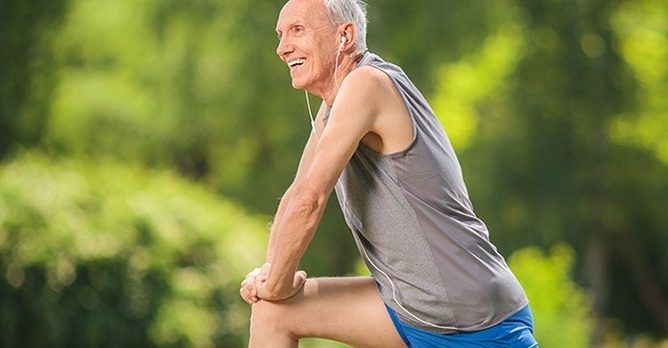How to Prevent an Anterior Cruciate Ligament Injury

Learn how to prevent an anterior cruciate ligament (ACL) injury before it happens. With increasing levels of sport participation at all ages, ACL injuries are becoming more common. Usually they occur from non-contact physical activities that involve sudden changes in direction, causing a twisting motion that results in an inward or outward rotation of the knee. Another common cause is an incorrect landing from a jump. A serious tear makes the knee unstable, requires surgery and takes many months of rehabilitation. Some recreational activities that have such characteristics are basketball, soccer, down-hill skiing and American football.
The ACL is a ligament that prevents the tibia (lower-leg bone) from moving forward in front of the knee; the hamstrings are muscles that do the same thing as the ACL. Proper care and consideration when planning a training program helps decrease the risk of an ACL tear. Certain exercises need to be incorporated to have a proper strength balance between the muscles around the ACL, including the quadriceps and hamstrings, to help keep the knee properly aligned during sport. These inclusions focus on power, balance, agility, speed and muscular strength.
Protecting Your ACL
Some great exercises to add are squats, straight leg deadlifts, deadlifts, calf raises and lunges (in all directions), leg curls and stability ball leg curls. The next phase to progress to includes plyometric activities such as leaping, bounding, vertical jumping and cone hoping (in all directions). Also incorporate agility ladder drills, multi-directional shuttle sprints and side shuffles. Speed, quickness and agility are important movement abilities for all ages and fitness levels.
Remember to perform all exercises with the proper technique. The hip, knee and ankle should always be in proper alignment throughout all of these exercises. When landing from a jump or hop, ensure that you land softly, i.e., absorbing the impact in the balls of your feet, knees and hips, similar to a spring. Make sure the thighs stay parallel so that your knees do not cave in or out. Also, your knees should never be locked; always maintain a slight bend, and keep them over the toes and facing forward.
Proper sport conditioning progressions and warm-ups are core components of preventing injuries in multi-directional sports. Sufficient cooling down and stretching also decreases the chance of an ACL injury and is as important as other preventative measures.
Train to do your sport; don't do your sport to train!






